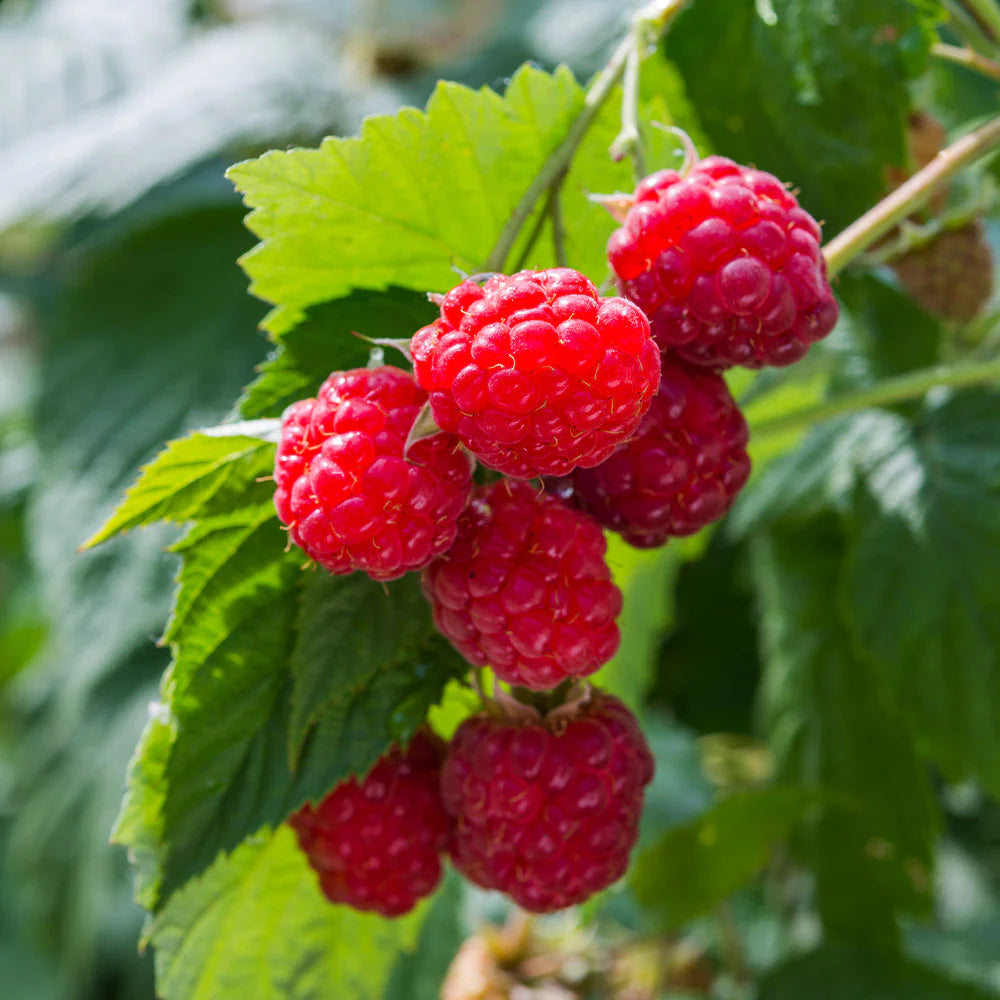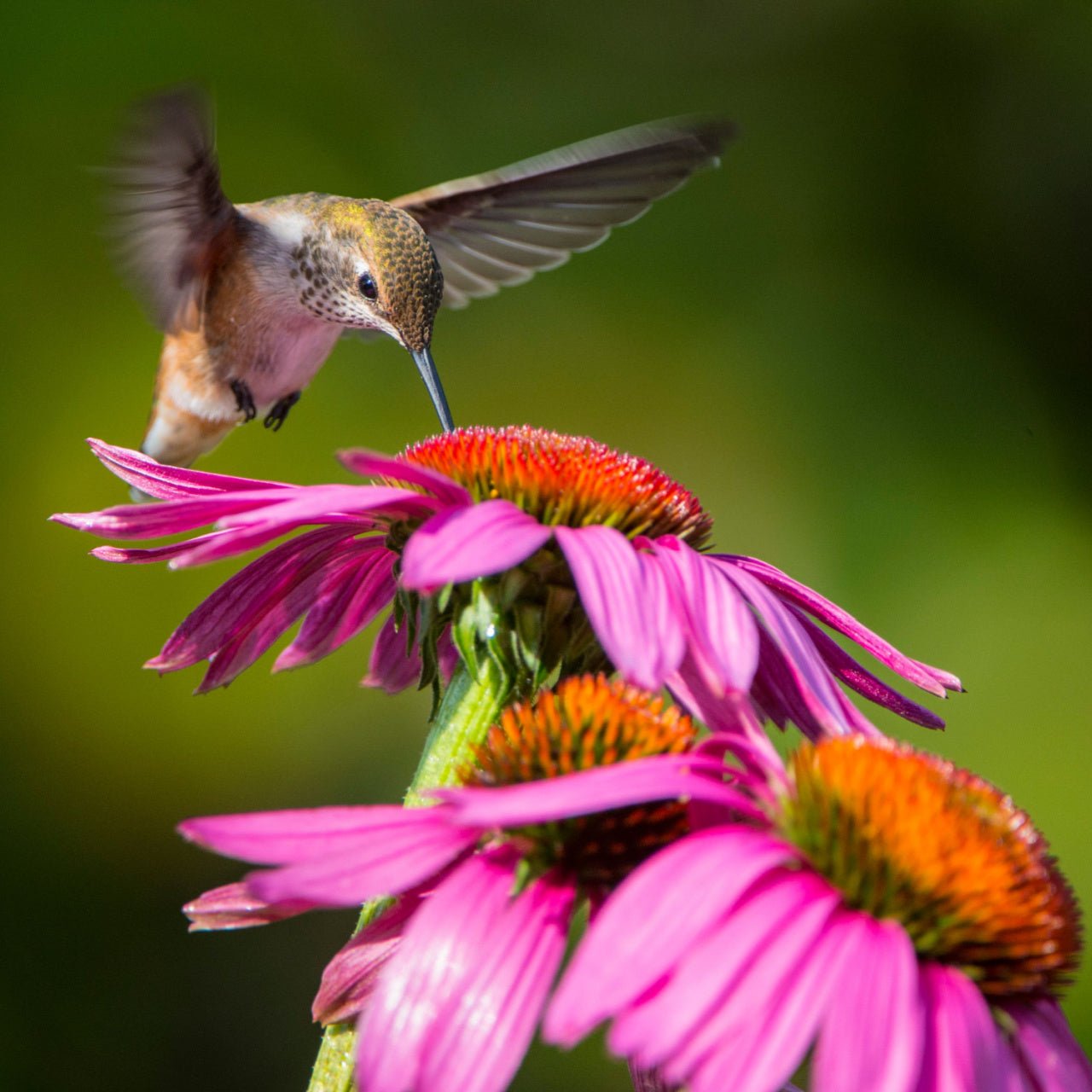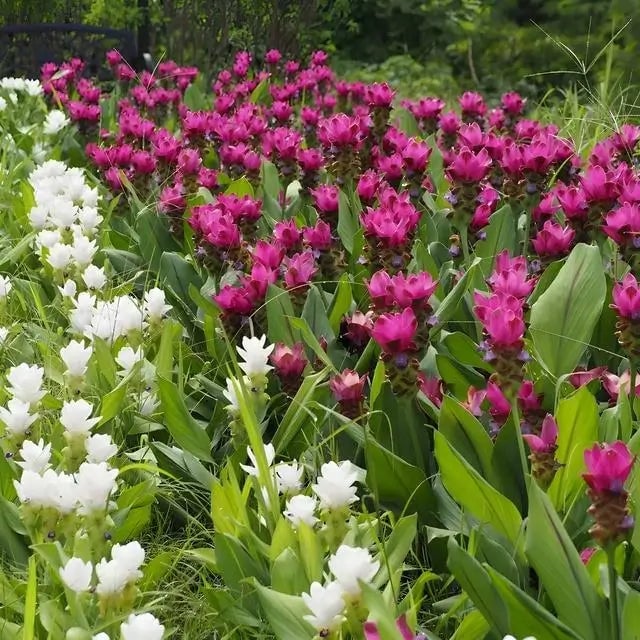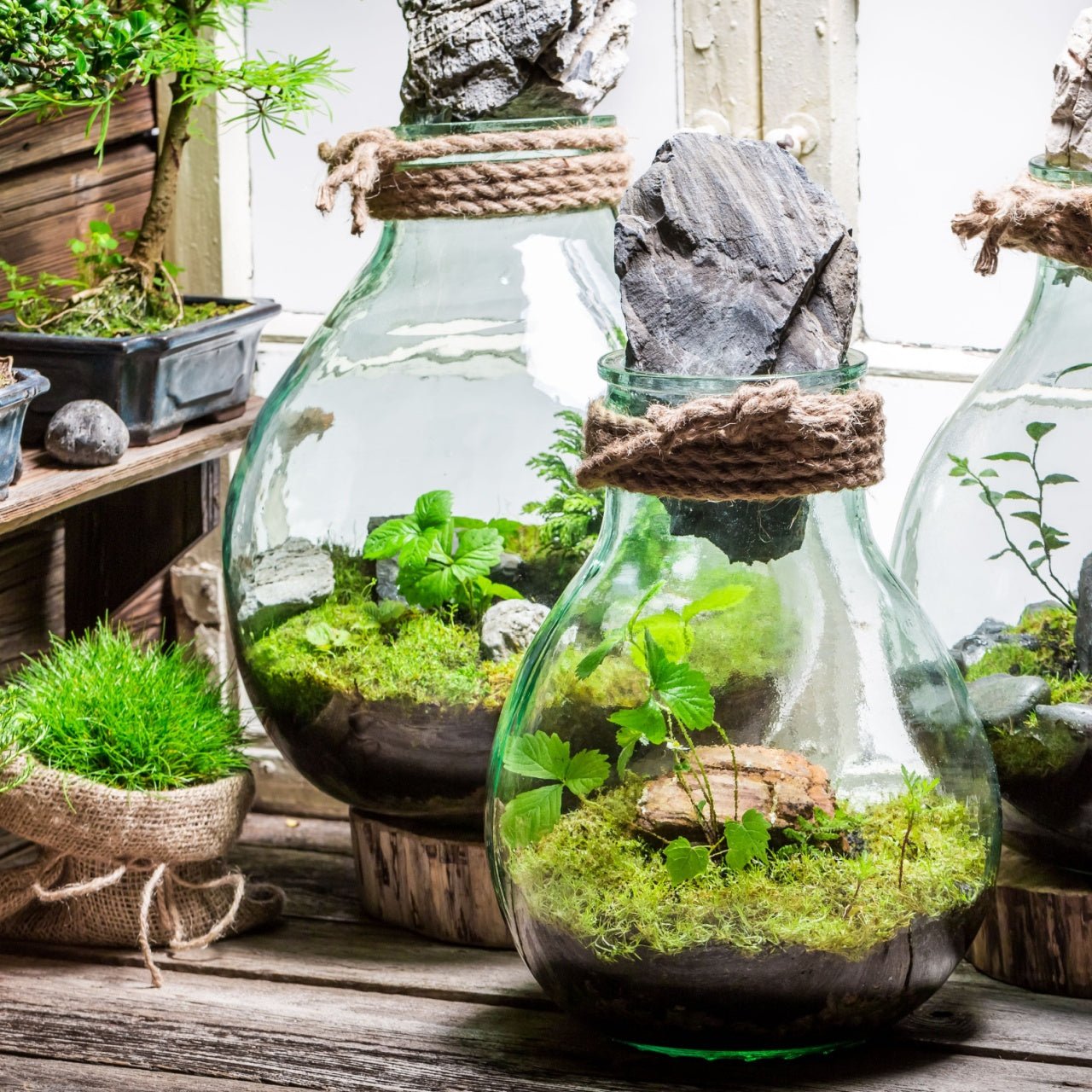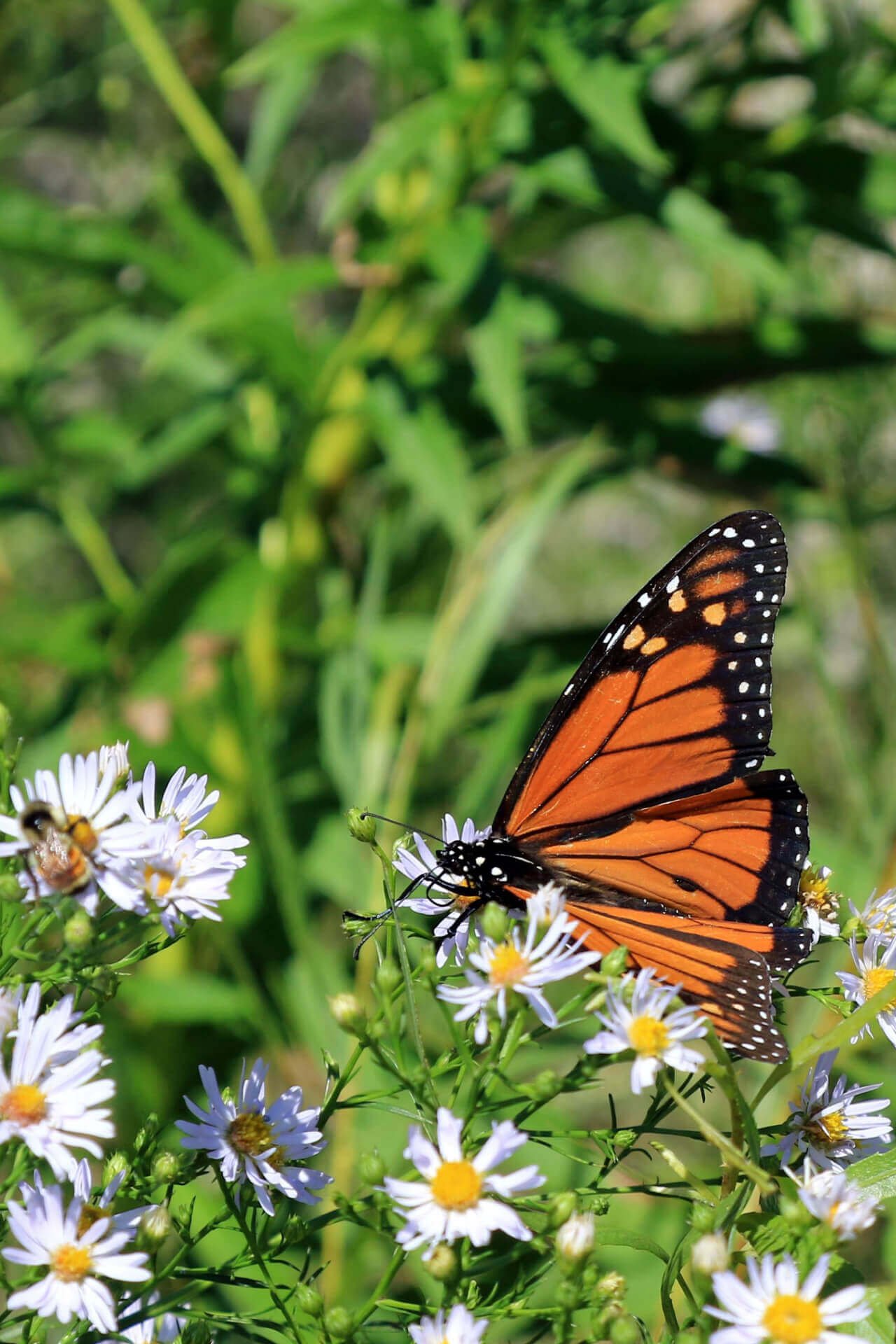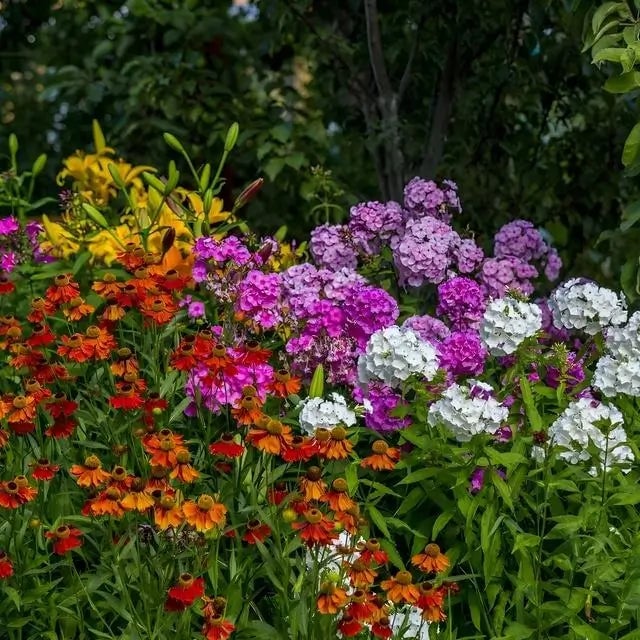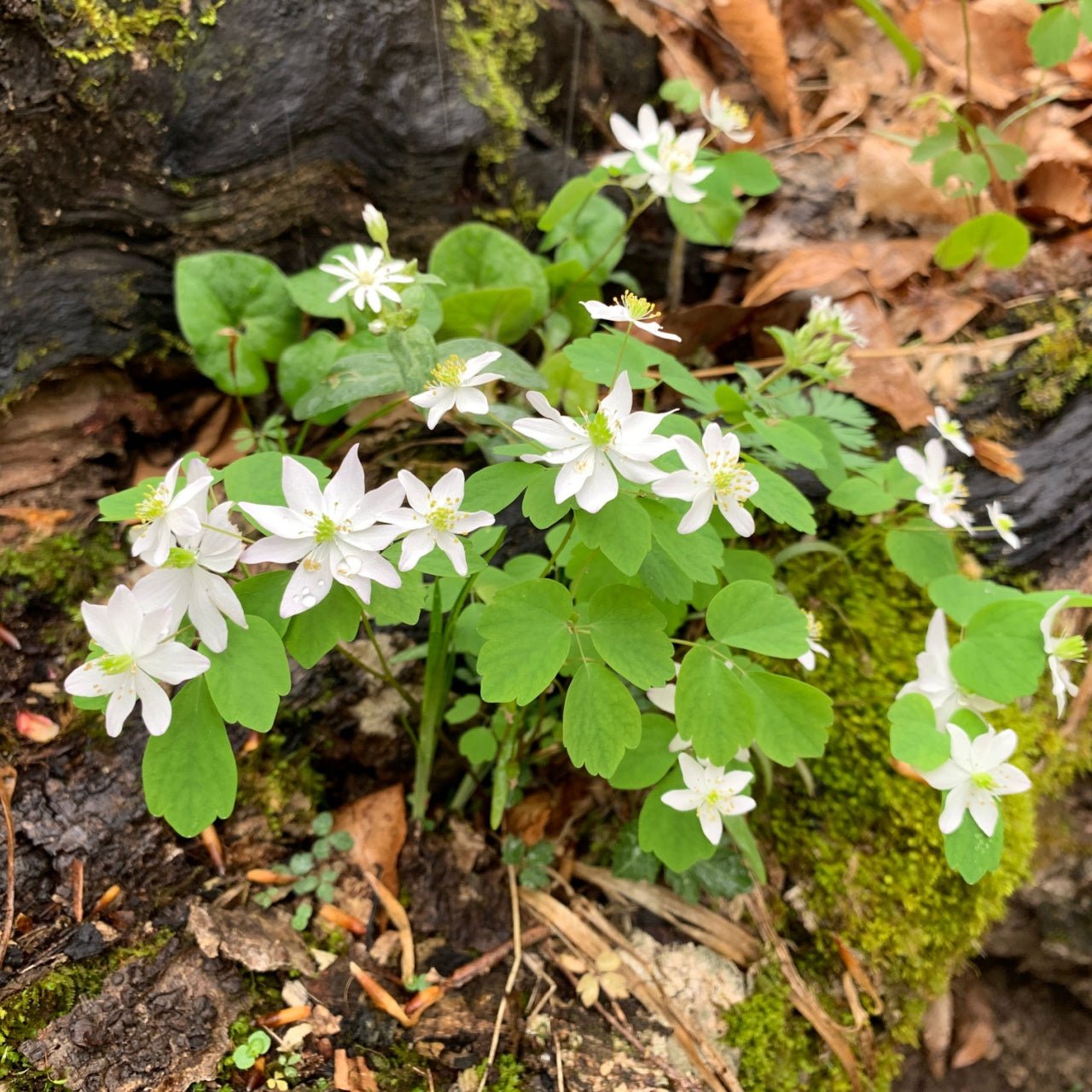



Anemone Plant
Thrives in Zones 4 - 10
Stunning spring and fall blooms
Versatile in various garden settings
Low maintenance and hardy
Ships in
7-10 DaysAnemone Plant - Anemone quinquefolia
The Anemone Plant is a dainty woodland perennial, commonly known as the Wood Anemone. Present as far west as Minnesota, they are native to eastern North America and are a quintessential spring time familiar for hikers and gardeners alike.
Flowering of this dainty perennial is prolific. They are early bloomers and produce copious blooms of starburst-like flowers that reach about 1 in in diameter. These flowers are typically white but can also be soft pink or vibrant red in color. Since the petals are actually sepals, the inflorescence of this plant persists long after the flower has bloomed.
Plant Details - Anemone Plant
Family: Ranunculaceae
Hardiness Zones: 3 to 8
Light Requirement: Partial shade to full shade
Water Needs: Moderate
Height: 4 to 8 in
Spread: 4 to 12 in
Growth Rate: Moderate
Bloom Time: April to May
Flower Color: White
Wildlife Value: Attractive to pollinators
This plant has a simple elegance to its appearance. Only reaching 10 in in height, they emerge with whorled foliage, producing three or more graceful, feather-like leaves per node along the stem. They are commonly called ‘wind flowers’ as they gently jostle in the winds that pass-through woodlands.
The Anemone Plant is rhizomatous and spreads through this shallow root systems. As it is a woodland native, it prefers shady areas and makes a charming addition to a woodland edge, north facing perennial bed or to a stream or pond bank. After the flush of flowering in the spring, the plant becomes dormant as temperatures rise toward the summer time, making way for other garden favorites to grow and bloom.
Landscape Uses and Maintenance - Anemone Plant
This plant is low maintenance and naturalizes well once transplanted. It prefers humus rich, moist and well-drained soils that are slightly acidic. Due to their rhizomatous root structure, they are easily propagated by division.
They are pest and disease free as well as deer resistant. Plant in a naturalized woodland garden or as a part of a quaint cottage garden - they make a charming, early spring groundcover accompaniment.
Noteworthy Characteristics
Prolific bloomers, spring time groundcover, attractive to pollinators.
This early blooming, feather-leaved, dainty perennial will have early pollinators buzzing about your garden, providing a celebratory kick off to the spring time growing season. Shop for the Anemone plant online at TN Nursery. For 68 years, we have served the landscaping industry and homeowners with specimen plants.
This Is How Your Plants Will Look upon Delivery

Bloom Season
Spring
Bloom/Foliage Color
White
Height at Maturity
Under 12"
Care
Water Anemone plants regularly, keeping the soil evenly moist but not waterlogged. Ensure well-drained soil is enriched with organic matter—mulch in winter to protect roots from freezing. Split the roots every few years to maintain vigor. Deadhead spent blooms to encourage more flowering.
Plant Reproduction
Anemone Plant spreads by underground rhizomes or by spreading roots.
How to Grow and Care for Bare Root Perennials, Tubers, and Bulbs
Bare root perennials, tubers, and bulbs are an easy and economical way to jumpstart your garden with lasting beauty. These dormant plants should be planted in early spring or fall while the soil is cool and workable. Before planting, soak bare roots in water for 1–2 hours to rehydrate them. Choose a location based on the plant’s light needs—most flowering types prefer full sun, while others thrive in partial shade.
For bare root perennials, dig a shallow hole and spread the roots out naturally, ensuring the crown is level with the soil surface. For tubers and bulbs, plant with the pointed side facing up at a depth about two to three times their height. Cover with soil, gently press down, and water thoroughly.
Keep soil consistently moist (not soggy) until new growth appears. Add mulch to retain moisture and suppress weeds, but avoid covering the crown or bulb tops. Once established, these plants require little maintenance—just seasonal watering, occasional dividing, and deadheading or pruning as needed. With proper care, they’ll return and thrive year after year.
Shipping date depends on the date displayed and chosen when you order from the product's page.
We do not accept returned plants. If you purchased an extended warranty we do accept claims, please navigate to the warranty page for instructions HERE





.png?v=1721986946683&em-origin=cdn.accentuate.io&em-format=auto)
Nighttime Blooms:
Known for their nyctinastic behavior, Anemone flowers open and close in response to light, creating a dynamic and interactive display in your garden.
Cut Flower Longevity:
They keep growing even after they’re cut. Anemones make excellent cut flowers that retain their beauty in arrangements for a longer time, adding elegance and charm to indoor displays as well.
Delicate Yet Bold Appearance:
Despite their striking, bold look, Anemone flowers are actually quite delicate and sensitive to ethylene, which adds a unique charm to their presence in any garden or floral arrangement.
Cultural Significance:
In some cultures, Anemone plants are believed to keep away evil spirits. They can also symbolize love, happiness, or sincerity.
Header
Use this content to share information about your store and products.
Frequently asked questions
Still have a question? Contact us here.
Yes, we ship all over the world. Shipping costs will apply, and will be added at checkout. We run discounts and promotions all year, so stay tuned for exclusive deals.
It depends on where you are. Orders processed here will take 5-7 business days to arrive. Overseas deliveries can take anywhere from 7-16 days. Delivery details will be provided in your confirmation email.
You can contact us through our contact page! We will be happy to assist you.








